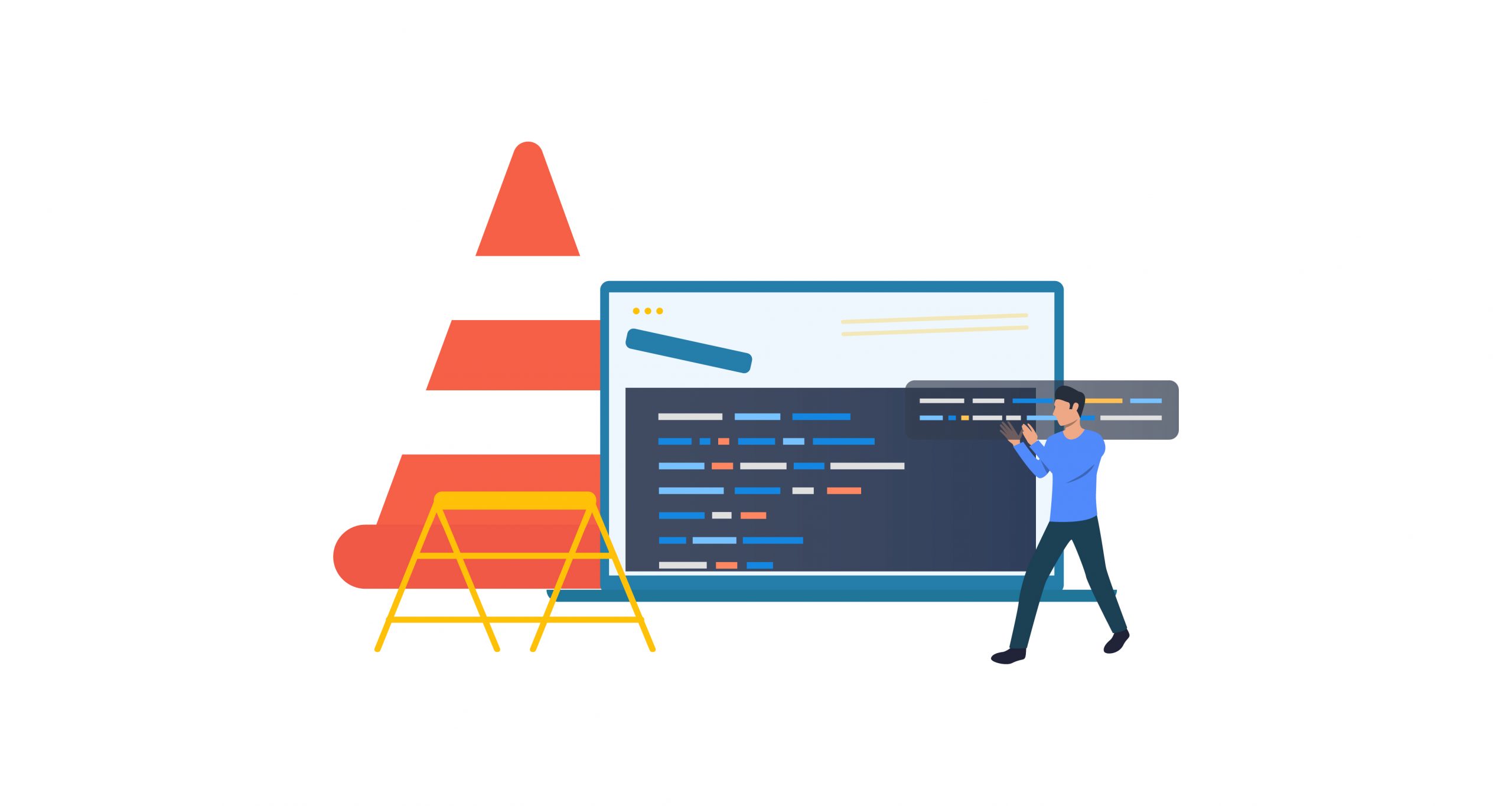Code Quality
What is Code Quality?
Definition:
“Code Quality” refers to the level of excellence and reliability in the programming code of a software application. It encompasses various factors, including readability, maintainability, efficiency, and robustness. High-quality code is essential for the long-term success of a project, as it ensures easier collaboration among developers, reduces the likelihood of bugs, and facilitates future updates and enhancements.
Analogy:
Consider code quality as the foundation of a building. Just as a solid foundation is crucial for the stability and longevity of a structure, good code quality is fundamental to the stability and longevity of a software application.
Key Aspects of Code Quality:
Readability: Code should be clear and easy to understand, aiding collaboration and future maintenance. Descriptive variable and function names, proper indentation, and consistent coding styles contribute to readability.
Maintainability: Well-organized and modular code allows for easier updates and changes. Documentation and comments should be present to explain complex sections of code.
Efficiency: Code should be optimized for performance, avoiding unnecessary resource consumption. Redundancies and bottlenecks should be identified and addressed.
Robustness: Code should be resilient to unexpected inputs and errors. Proper error handling and validation mechanisms contribute to robustness.
Scalability: The codebase should be designed to accommodate growth and increased demands. Scalable architectures and coding practices support the long-term viability of the software.
Why Code Quality is Important:
Reduced Bugs and Issues: High-quality code reduces the likelihood of bugs and errors, leading to a more stable and reliable software application.
Easier Collaboration: Readable and well-documented code facilitates collaboration among development teams, allowing for smoother project progression.
Cost Savings: Investing in code quality upfront can result in long-term cost savings by minimizing the time and resources spent on debugging and maintenance.
Adaptability to Change: Maintainable and efficient code is more adaptable to changes in requirements, technologies, and business needs.
Enhanced User Satisfaction: A robust and bug-free software experience contributes to positive user experiences, fostering user satisfaction and loyalty.
Examples and Best Practices:
Clean Code: Following principles from books like “Clean Code” by Robert C. Martin promotes writing readable and maintainable code.
Code Reviews: Regular code reviews within a development team help identify and rectify issues related to code quality.
Automated Testing: Implementing robust test suites ensures that changes to the codebase do not introduce new bugs.
Use of Design Patterns: Applying design patterns enhances code organization and promotes best practices in software design.
Key Takeaways:
- Code quality encompasses readability, maintainability, efficiency, robustness, and scalability.
- High-quality code reduces bugs, facilitates collaboration, and results in long-term cost savings.
- Best practices include writing clean code, conducting regular code reviews, implementing automated testing, and applying design patterns.
Table of Contents





